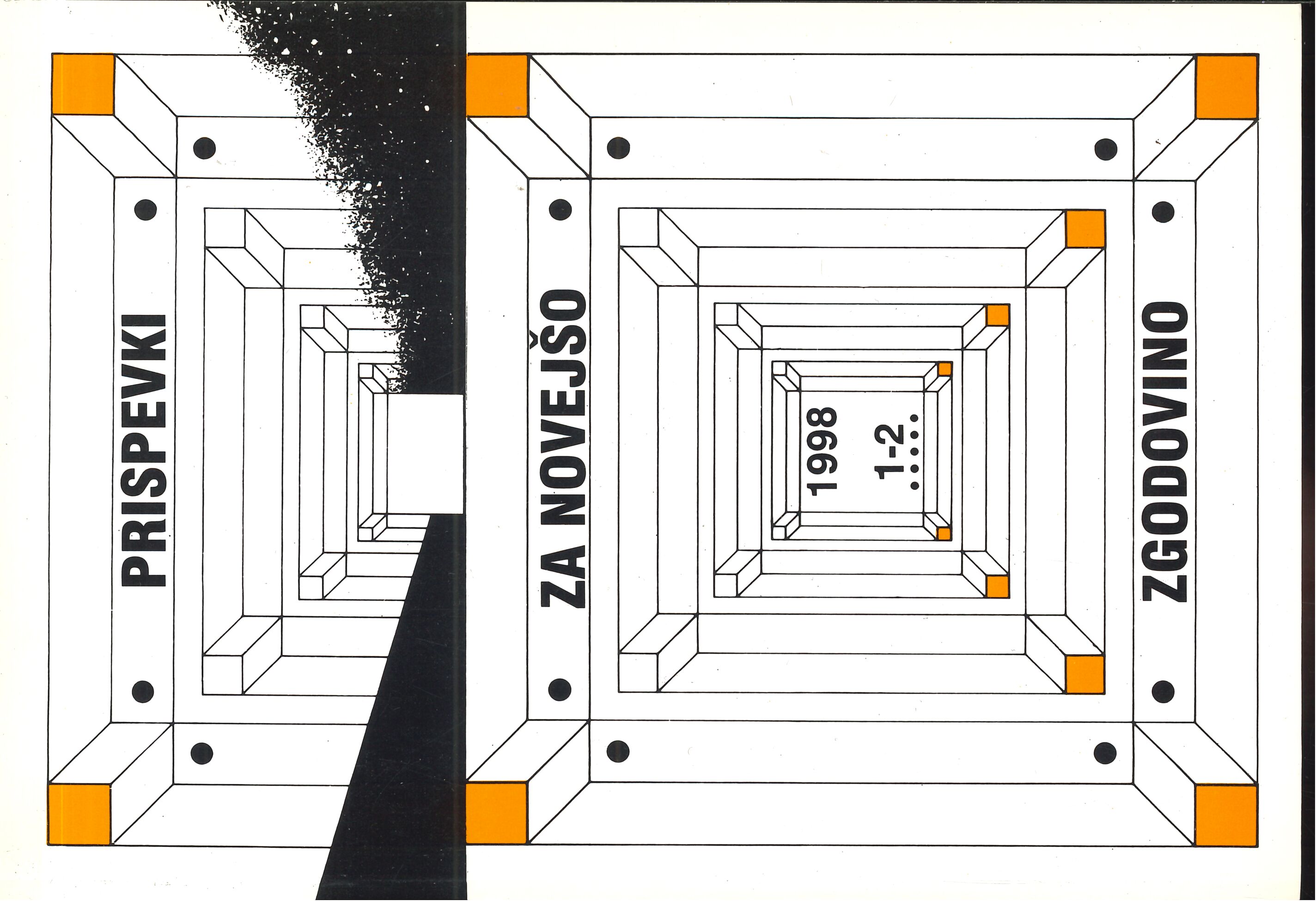Restoration of County Districts in the Province of Dolenjska in the Autumn of 1943
Keywords:
Ljubljanska pokrajina, okupacija, operacijska cona Jadransko primorje, upravaAbstract
The Ljubljana province, which had been annexed to the Kingdom of Italy on May 3, 1943, consisted of 5 county districts. These were being governed by the Italian fascist chiefs. After the capitulation of Italy, the partisans took command almost over the entire province and abolished the enemy's civil administration. On 10 September 1943, the province of Ljubljana fell under the occupier's operation zone "The Adriatic Coastland" (Operationszone "Adriatisches Kustenland"). On October 22, the new province administration, headed by the general Leon Rupnik, started the preparations for the restoration of Novo mesto, Črnomelj and Kočevje county districts. These were reinstated after November 2, when the chiefs and office staff were sent out to each county. While the personnel of the Črnomelj county district returned to Ljubljana only a few days later, the other two districts continued officiating almost until the end of the war. However, due to the partisan movement, their functioning was limited for a great deal of time only to the location of both cities and their vicinity.
Downloads
Published
Issue
Section
License
Authors who publish with this journal agree to the following terms:
- Authors retain copyright and grant the journal right of first publication with the work simultaneously licensed under a Creative Commons Attribution License that allows others to share the work with an acknowledgement of the work's authorship and initial publication in this journal.
- Authors are able to enter into separate, additional contractual arrangements for the non-exclusive distribution of the journal's published version of the work (e.g., post it to an institutional repository or publish it in a book), with an acknowledgement of its initial publication in this journal.
- Authors are permitted and encouraged to post their work online (e.g., in institutional repositories or on their website) prior to and during the submission process, as it can lead to productive exchanges, as well as earlier and greater citation of published work (See The Effect of Open Access).


